Figures of Language, also called style figures, are stylistic resources used to emphasize communication and make it more beautiful.
Depending on their role, they are classified into:
- Word pictures or semantics: are associated with the meaning of words. Examples: metaphor, comparison, metonymy, catachresis, synesthesia and periphrasis.
- thought figures: work with the combination of ideas and thoughts. Examples: hyperbole, euphemism, lithote, irony, personification, antithesis, paradox, gradation and apostrophe.
- Syntax or Construction Figures: interfere with the grammatical structure of the sentence. Examples: ellipse, zeugma, hyperbate, polysyndeton, asyndeton, anacolute, pleonasm, silepsis and anaphora.
- Sound or harmony figures: are associated with the sound of words. Examples: alliteration, paronomasia, assonance and onomatopoeia.
Word Pictures
Metaphor
THE metaphor represents a comparison of words with different meanings and whose comparative term is implied in the sentence.
Example: Life is a cloud that flies. (The life is like a cloud that flies.)
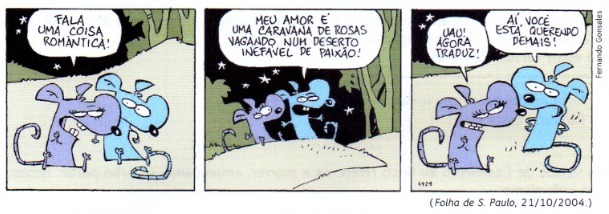
Comparation
Call of Comparation explicit, unlike metaphor, in this case comparison connectives are used (as, well, as such).
Example: Your eyes are like jabuticabas.

Metonymy
THE metonymy it is the transposition of meanings considering part for the whole, author for work.
Example: Used to read Shakespeare. (used to read the works of Shakespeare.)

catachresis
THE catachresis represents the misuse of a word because there is no other more specific.
Example: boarded just on the plane.
Boarding is putting yourself on board a boat, but as there is no specific term for the plane, boarding is used.
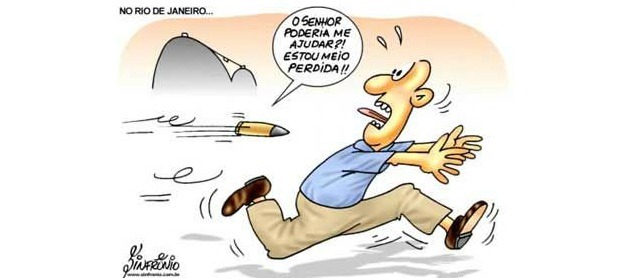
Synesthesia
THE synesthesia it happens by the association of sensations by organs of different senses.
Example: with that cold eyes, she said she didn't like her girlfriend anymore.
Coldness is associated with touch and not sight.

Periphrasis
THE periphrasis, also called antonomasia, is the replacement of one or more words by another that identifies it.
Example: The roar of king of the jungles is heard at a distance of 8 kilometers. (The roar of the Lion is heard at a distance of 8 kilometers.)
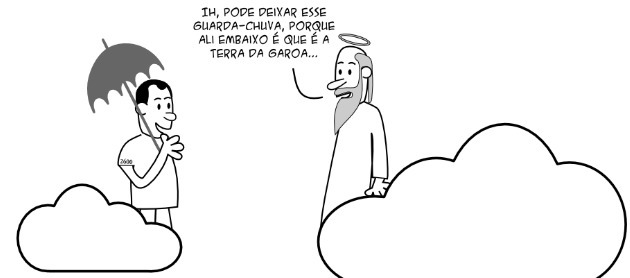
Thought Figures
Hyperbole
THE hyperbole corresponds to the intentional exaggeration in the expression.
Example: Almost I died from studying.

Euphemism
O euphemism is used to smooth speech.
Example: He gave his soul to God.
Above, the phrase informs someone's death.
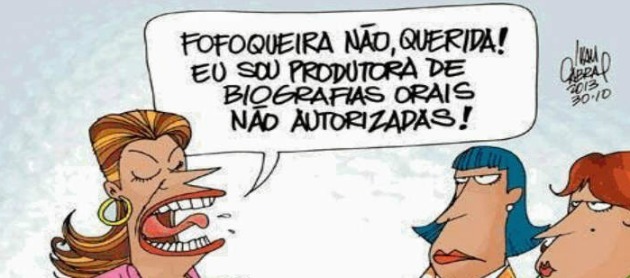
Litote
O littor represents a way to soften an idea. In this sense it resembles the euphemism as well as the opposition of hyperbole.
Example: — It's not that they are bad company… — said the son to his mother.
From the speech, we realized that although their companies are not bad, they are not good either.
Irony
THE irony it is the representation of the opposite of what is stated.
Example: É so smart what doesn't hit anything.
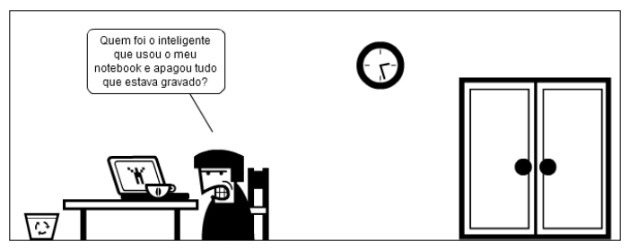
Personification
THE personification or prosopopeia is the attribution of human qualities and feelings to irrational beings.
Example: the garden looked the children without saying anything.
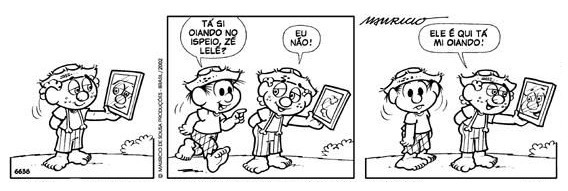
Antithesis
THE antithesis it is the use of terms that have opposite meanings.
Example: All war ends where it should have started: the peace.

Paradox
O paradox it represents the use of ideas that have opposite meanings, not just terms (as in the case of the antithesis).
Example: I am blind of love and I see how good this is.
How is it possible for someone to be blind and see?

Gradation
THE gradation it is the presentation of ideas that progress in an ascending (climax) or descending (anti-climax) way.
Example: Initially calm, after only controlled, to the point of total nervousness.
In the example above, we follow the progression from tranquility to nervousness.

Apostrophe
THE apostrophe is the interpellation made with emphasis.
Example: oh God, does it need to rain more?

Syntax figures
Ellipse
THE Ellipse it is the omission of an easily identifiable word.
Example: I hope you understand me. (Will take what you understand me.)

Zeugma
THE zeugma it is the omission of a word because it has been used before.
Example: I made the introduction, he the conclusion. (I made the introduction, he did the conclusion.)

Hyperbate
O hyperbatic it is the alteration of the direct order of prayer.
Example: Your students are like angels. (Your students are like angels.)
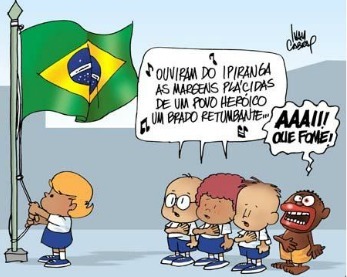
polysyndeton
O polysyndeton it is the repeated use of connectives.
Example: The children spoke and sang and they laughed happily.
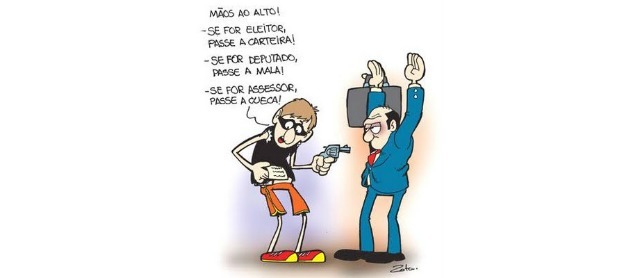
Asyndeton
O asyndeton represents the omission of connectives, being the opposite of the polysyndeton.
Example: Does not blow the wind; the vacancies do not moan; the rivers do not murmur.

Anacoluto
O anacolutton it is the sudden change in sentence structure.
Example: Me, looks like I'm getting dizzy. (Looks like I'm getting dizzy.)
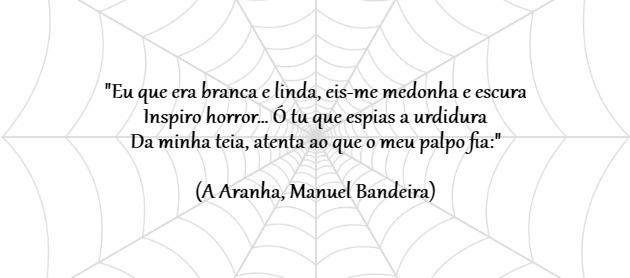
Pleonasm
Pleonasm it is the repetition of the word or idea contained in it to intensify the meaning.
Example: me me looks like this is wrong. (Seems to me this is wrong.)

Silepsis
THE silepsis it is the agreement with what is meant and not with what is implied. It is classified into: silepsis of gender, number and person.
Examples:
- We live in the beautiful and bustling São Paulo. (gender silepsis: We live in the beautiful and bustling city of Sao Paulo.)
- Most customers were dissatisfied with the product. (number silepsis: Most of customers stayed dissatisfied with the product.)
- We've all finished the exercises. (person silepsis: in this case I agree with us instead of them: Everyone finished the exercises.)

anaphora
THE anaphora is the repetition of one or more words on a regular basis.
Example: If you get out, if you to stay, if you want to wait. If you “anything”, I will always be here for you.
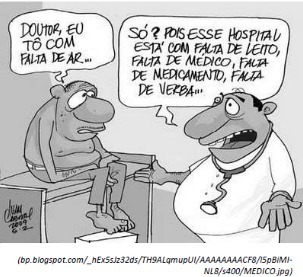
Sound Figures
Alliteration
THE alliteration it is the repetition of consonant sounds.
Example: O ract roi the rcare of the rhey of ROman.
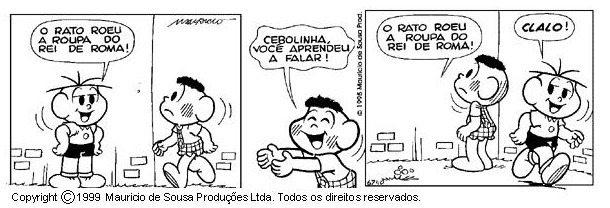
Paronomasia
Paronomasia it is the repetition of words that sound similar.
Example: O Knight, much Knight, conquered the maiden. (knight = man who rides a horse, gentleman = gentle man)

Assonance
THE assonance it is the repetition of vowel sounds.
Example:
"O what O vagO and incógniO wishO
dand sandr andaandsmo ofand mandusandr mand dandu." (Fernando Pessoa)

Onomatopoeia
Onomatopoeia it is the insertion of words in speech that imitate sounds.
Example: I can't stand the TIC Tac of that watch.

Summary of Language Figures
Check in the table below what differentiates each of the figures of speech, as well as each of their types.
| Figures of Words or Semantics | Thought Figures | Syntax or construction figures | Sound Figures or Harmony |
|---|---|---|---|
| They produce greater expressiveness to communication through words. | They produce greater expressiveness to communication through the combination of ideas and thoughts. | They produce greater expressiveness to communication through inversion, repetition or omission of terms in the construction of sentences. | They produce greater expressiveness to communication through sound. |
|
|
|
|
Want a tip?
Finally, we leave a trick that will help you even more in the Vestibular and Enem. Watch this video produced by the Dom Bosco Catholic University:
Entrance Exam Exercises
1. (UNITAU) In the phrase: “A white and cold word”, we find the figure named:
a) synesthesia
b) euphemism
c) onomatopoeia
d) antonomasia
e) catachresis
Alternative to: synesthesia.
2. (Anhembi Morumbi University)
"The novelty hit the beach
in the rare mermaid quality
half a bust of a mayan goddess
half a big whale's tail
the novelty was the maximum
of the paradox stretched out in the sand
some wanting your goddess kisses
others to wish your ass for supper
oh so uneven world
everything so unequal
on one side this carnival
on the other, total hunger
and the novelty that would be a dream
smiling mermaid miracle
it became such a ghastly nightmare
there on that beach, there on the sand
the novelty was the war
between the happy poet and the hungry
tearing a pretty mermaid apart
shattering the dream to each side"
(Gilberto Gil – The News)
Gilberto Gil in his poem uses a textual construction procedure that consists of grouping ideas of opposite or contradictory meanings in the same unit of meaning.
The figure of speech characterized above is:
a) metonymy
b) paradox
c) hyperbole
d) synesthesia
e) synecdoche
Alternative b: paradox.
Keep practicing on the topic:
- Speech Figure Exercises
- Language Functions Exercises
- Exercises on denotation and connotation

